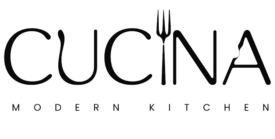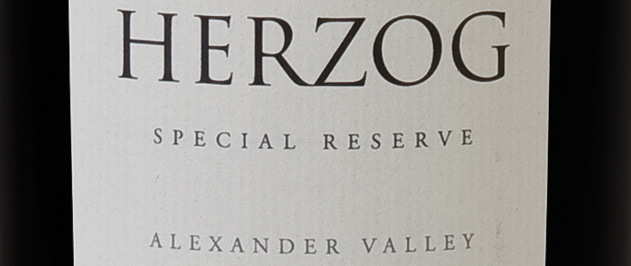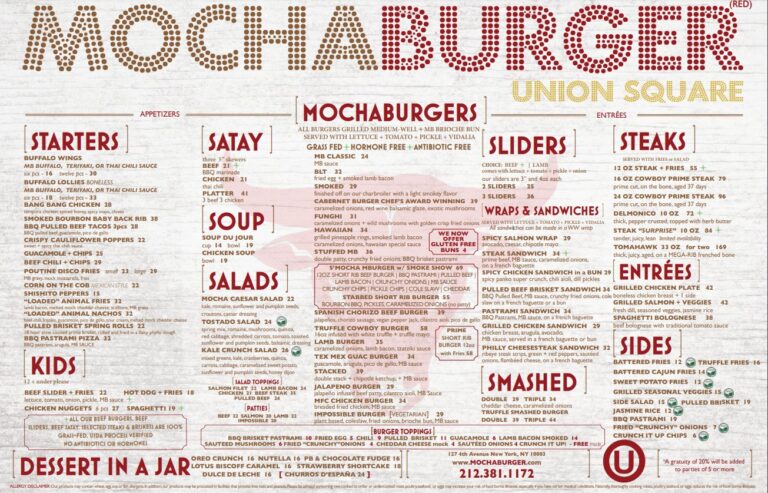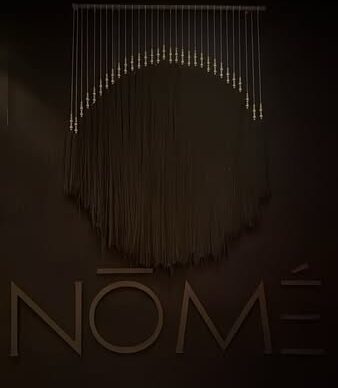As the assortment of kosher wines expands, so too the wine lists in kosher restaurants become longer and more diverse. France, Italy, California, New Zealand, Australia and of course Israel are but some of the countries producing kosher wines you may find on the menu at your favorite restaurant.
For some however, the expanding wine selection creates more questions, further complicating the issue at hand. Fear not – if you enjoy a glass of wine but don’t have a masters in wine selection you are in the majority. Many of us would simply prefer to ask for a glass of red or white with our dinner. And these newfangled wine lists with extensive options and fancy names can be intimidating. Follows is a strategy for tackling said challenge that will leave you feeling more secure the next time you enter a restaurant and would like to enhance your meal with wine.
The first thing diners must do when contemplating wine to accompany a meal is decide between wine by the glass or buying a bottle. Purchasing wine by the bottle is the more prudent choice if your party will be ordering two or more glasses – generally a given for any party over two people.
Further, the selection of wines available by the bottle is generally much more diverse than the glass options.
The obvious problem is if different wine styles are preferred, in which case purchasing wine by the glass is the perfect option.
Next you will want to begin to narrow down the wine list.
- Do you want red or white?
- How much do you want to spend? These days you can buy kosher wines in restaurants for $20 per bottle or well over $100 a bottle.
If you are ordering for a large group, choosing BOTH a red and a white wine presents the various diners with options. While white wines tend to pair more favorably with diverse dishes, rich meat meals often call for a robust red wine. These robust reds stand up to the fat content in dishes such as grilled chicken, steak, chops or roast. If the meal consists of lighter fare such as salad, chicken breast, pasta or light fish, a white wine might be the way to go.
If you do not feel comfortable choosing a wine to go with your meal do not hesitate to ask for help. Properly trained servers should be able to steer you in the right direction, though you will be helping them out by letting them know what you intend to order for dinner. If price is a concern, it is helpful to point to a selection on the list and let the server know that you were “considering that option”. This should inform the server what you were looking to spend and allow him/her to make further suggestions based on that guideline.
The question of how much to spend on a bottle depends entirely on your budget. However I would recommend spending an amount that correlates to the meal. If you are enjoying a casual mid-week meal out, go for a value wine. If you are celebrating a momentous occasion with fine cuisine, the wine should be a fine wine as well. And everything in between, from birthday meals to business dinners, should include wine selections that correspond to the occasion and cuisine.
MORE WINE/FOOD PAIRING TIPS:
- First course: sparkling wines such as Herzog Brut Rose and lighter white wines such as Baron Herzog Pinot Grigio, Carmel Emerald Riesling/Chenin Blanc blend or Goose Bay Sauvignon Blanc often pair best with starters such as soup, salad, sushi or light fish.
- Chicken can go with all types of wines as chicken’s flavor is generally derived from its preparation method &/or accompanying sauce.
- Chicken on the bone, grilled chicken or a tomato-based chicken will go nicely with a red wine such as the Binyamina Reserve Merlot or Barkan Classic Shiraz.
- Chicken breast or lighter style chicken such as lemon chicken will do better with a white wine such as Herzog Russian River Chardonnay or Goose Bay Viognier.
- BBQ can mean an assortment of foods. Just about any red wine will work.
- • A few of my favorites are Baron Herzog Old Vine Zinfandel with tangy BBQ ribs, Ramon Cardova Rioja or Flechas De Los Andes Gran Malbec with burgers and Herzog Reserve Alexander Valley Cabernet Sauvignon with steak.
- Asian cuisine often comes with a spice, which can clash with tannic red wines. Your best bet here is a wine with good acidity, which for red can be the Barkan Classic Pinot Noir and for white can be a Yatir Sauvignon Blanc. Crisp white blends such as the Weinstock White by W or Carmel Ridge White are also nice options here.
- Though some people will tell you that PIZZA goes best with beer, I would recommend a light bodied red such as the Carmel Appellation Cabernet Franc, or blends such as the Segal’s Fusion or Weinstock Red by W.
- Dessert, especially when sweet, screams for a corresponding sweet wine. The best sweet wines will have acidity that helps the wine remain crisp and lively. Dry wines can taste bitter when enjoyed with sweet foods (hint: red wine with chocolate works best when the chocolate is a dark or bitter chocolate). Wines such as Herzog Reserve Late Harvest Chenin Blanc, Rashi Moscato or Carmel Late Harvest “Sha’al” Gewürztraminer are great choices here.
NO matter your choice, red or white, sparkling or still, dry or sweet, expensive or value, enjoy some wine with dinner, as a meal without wine is like a day without sunshine.











